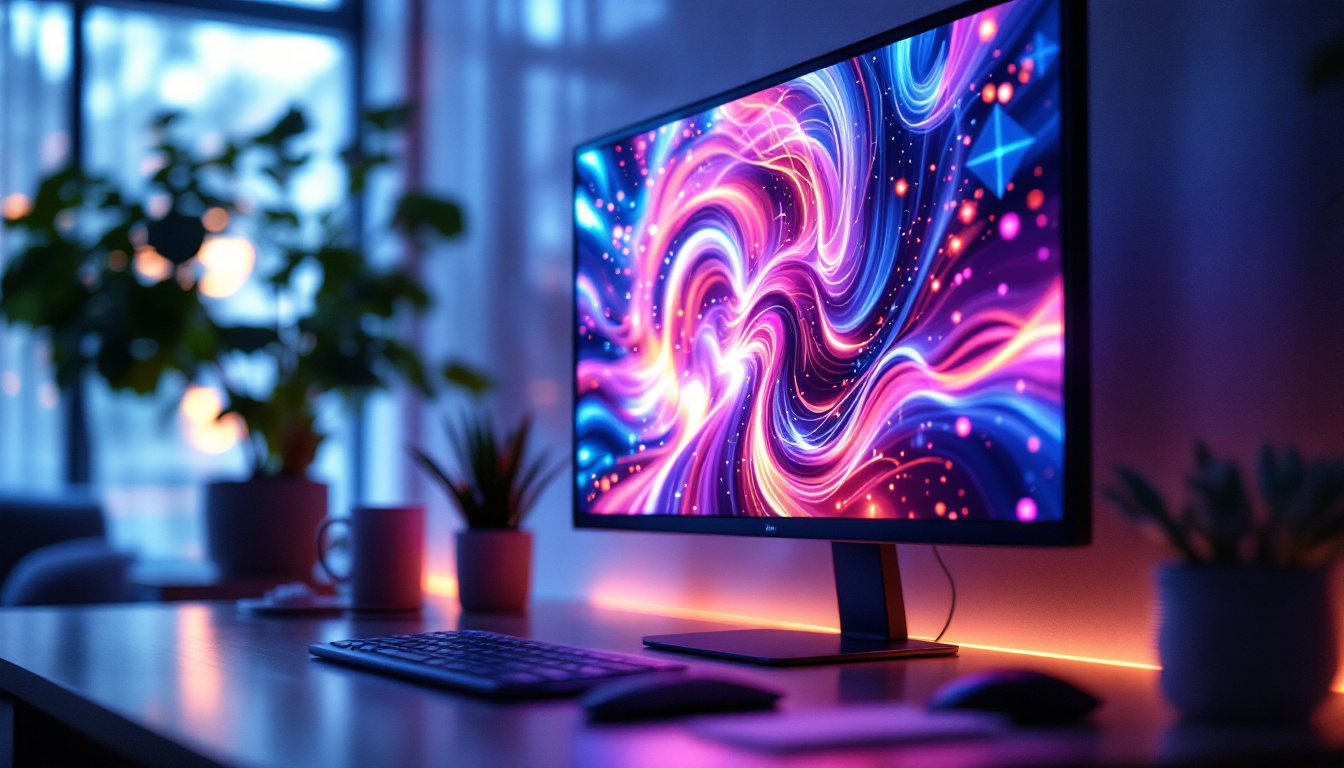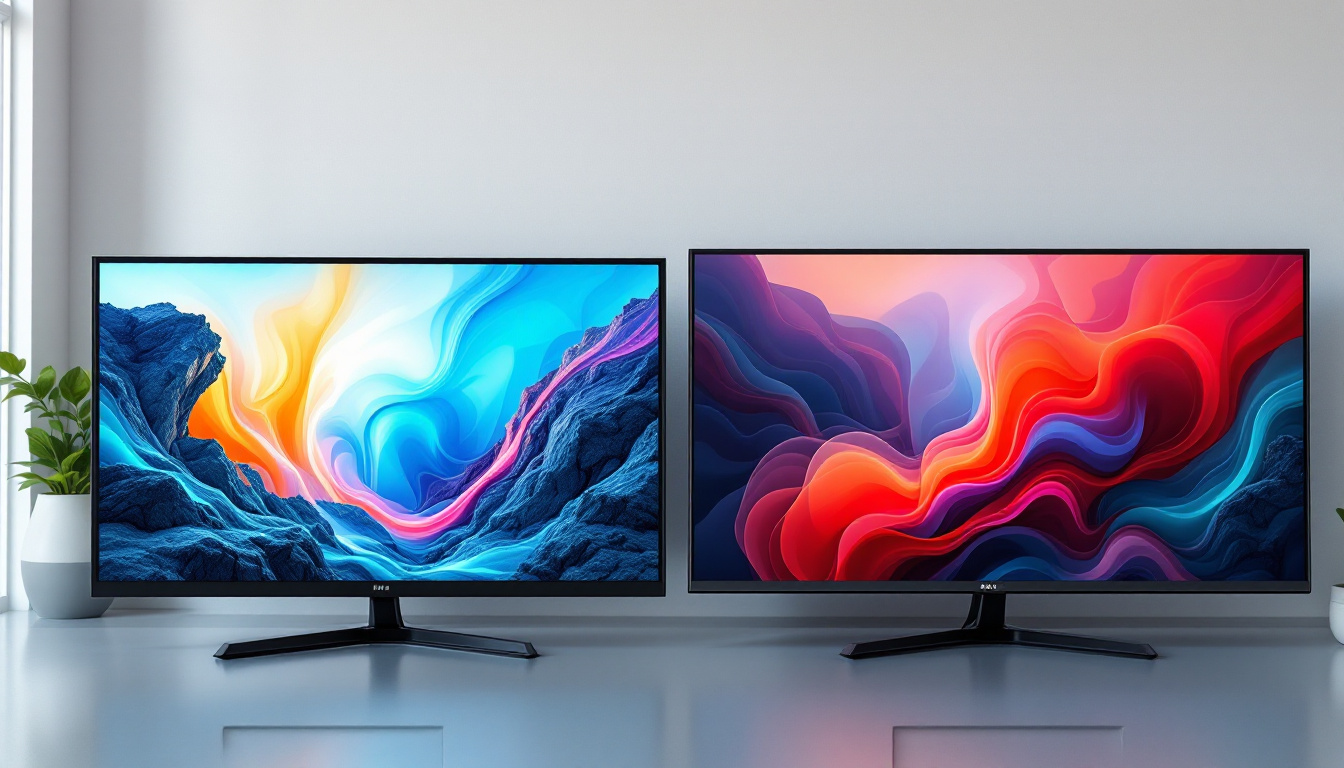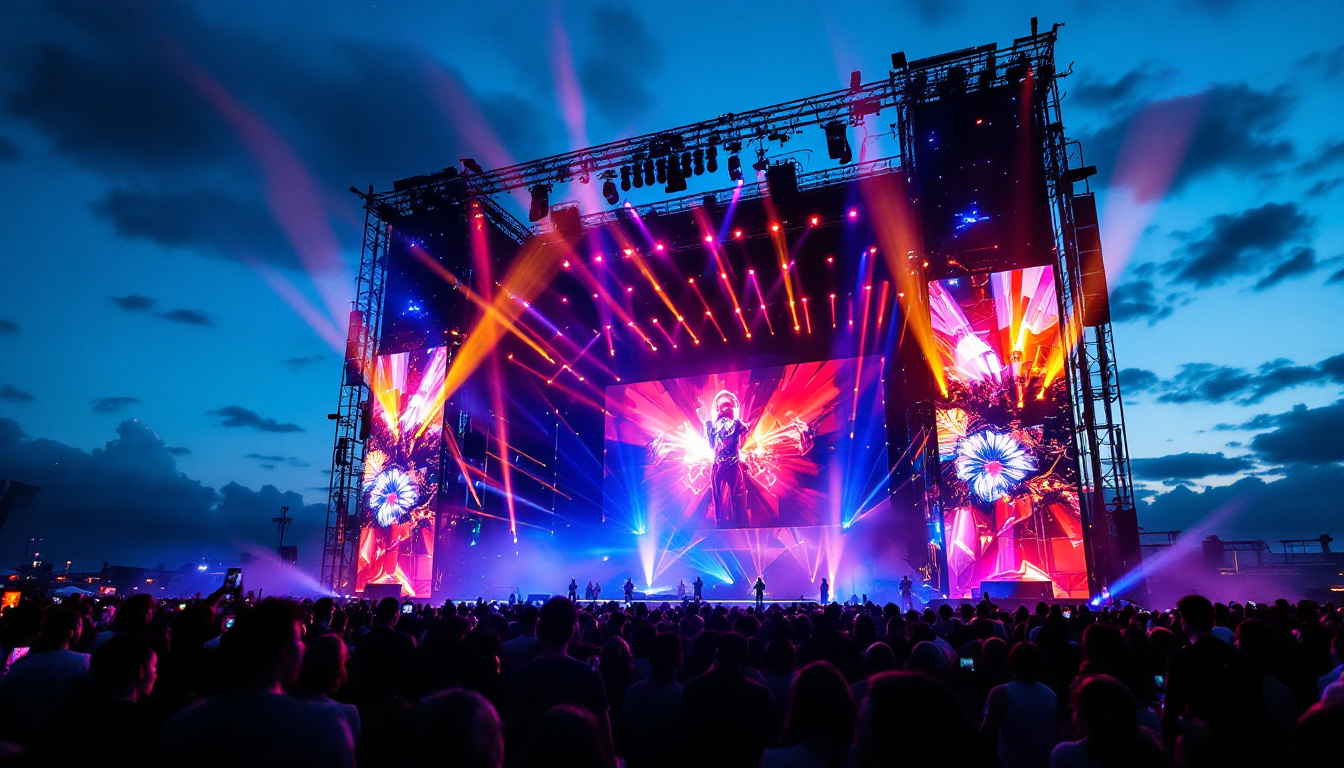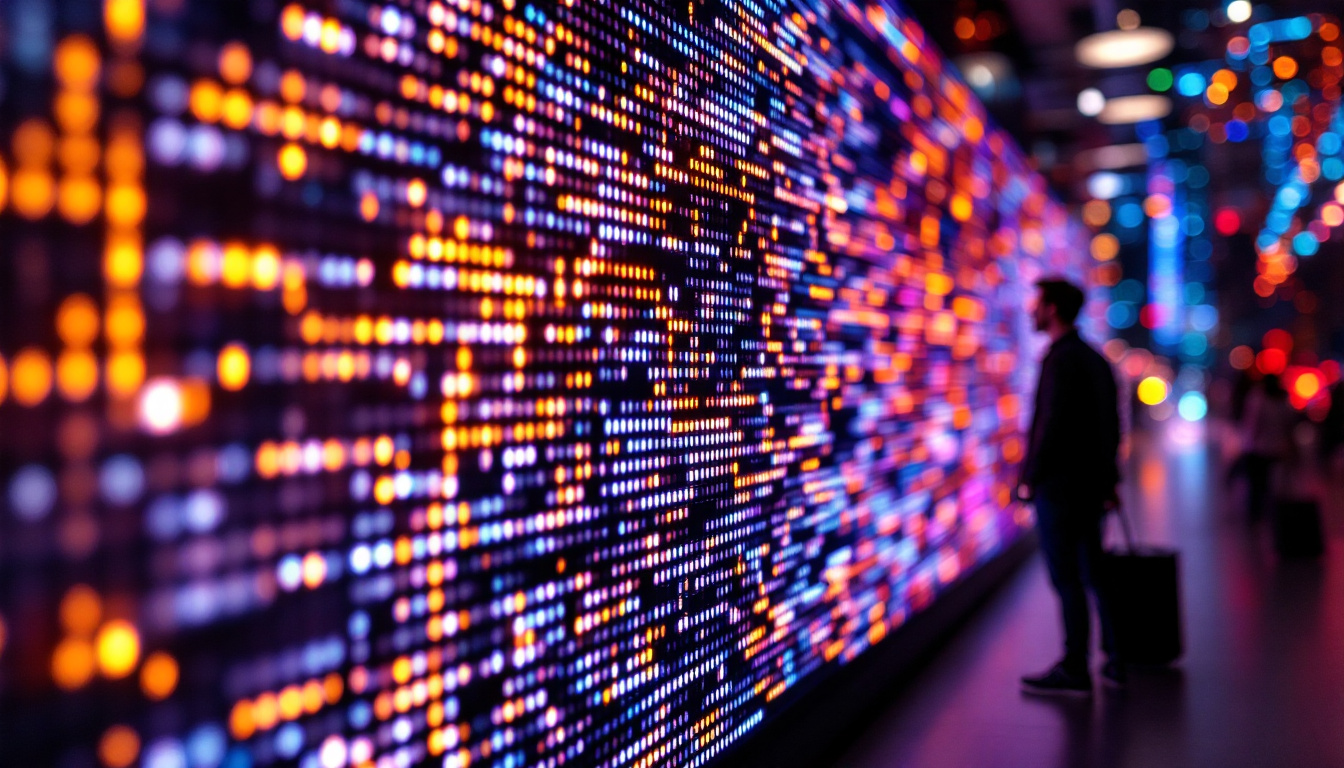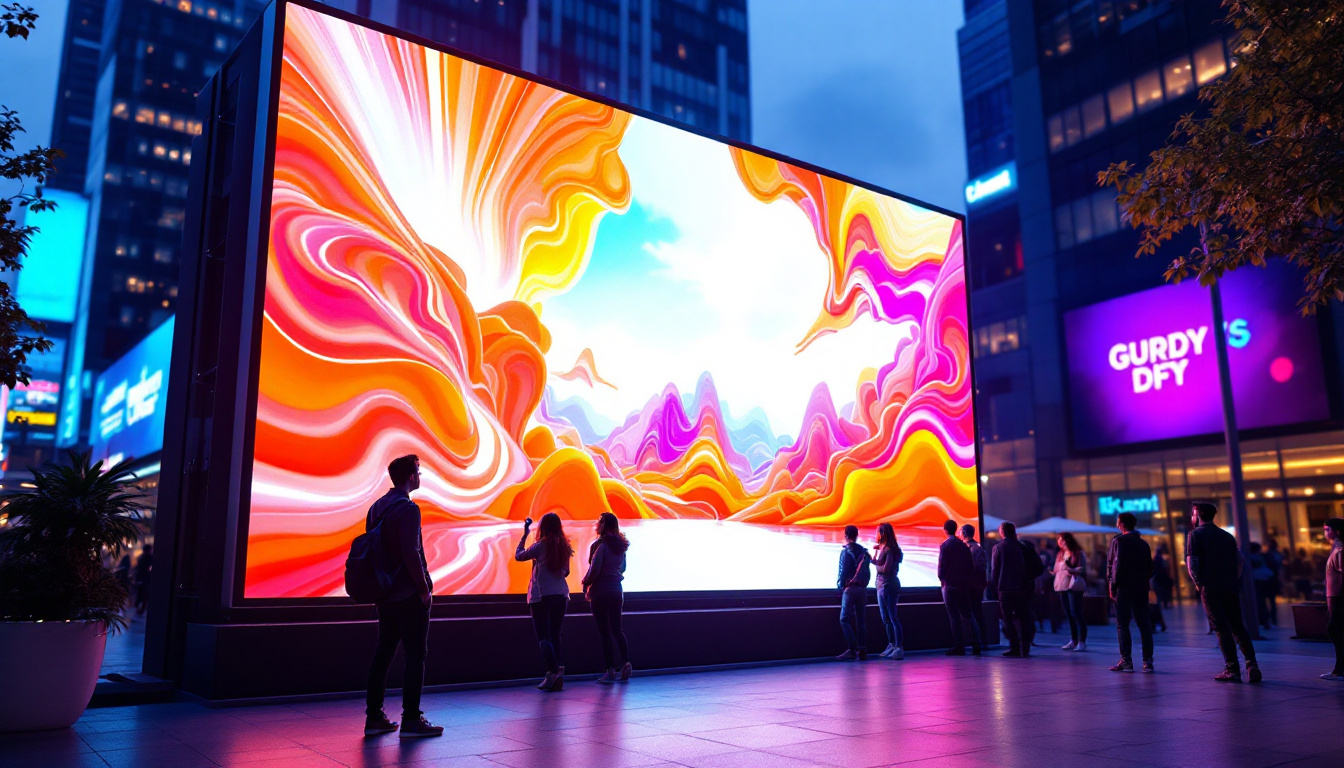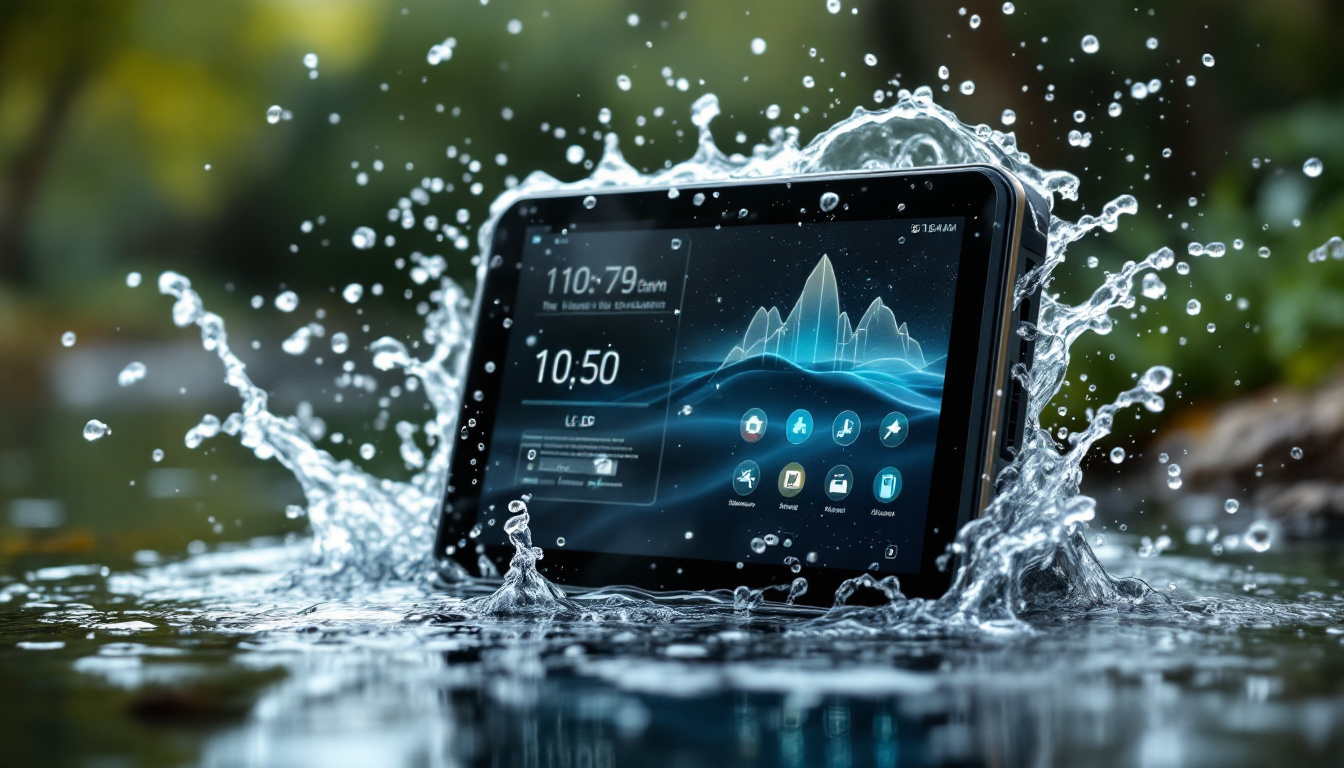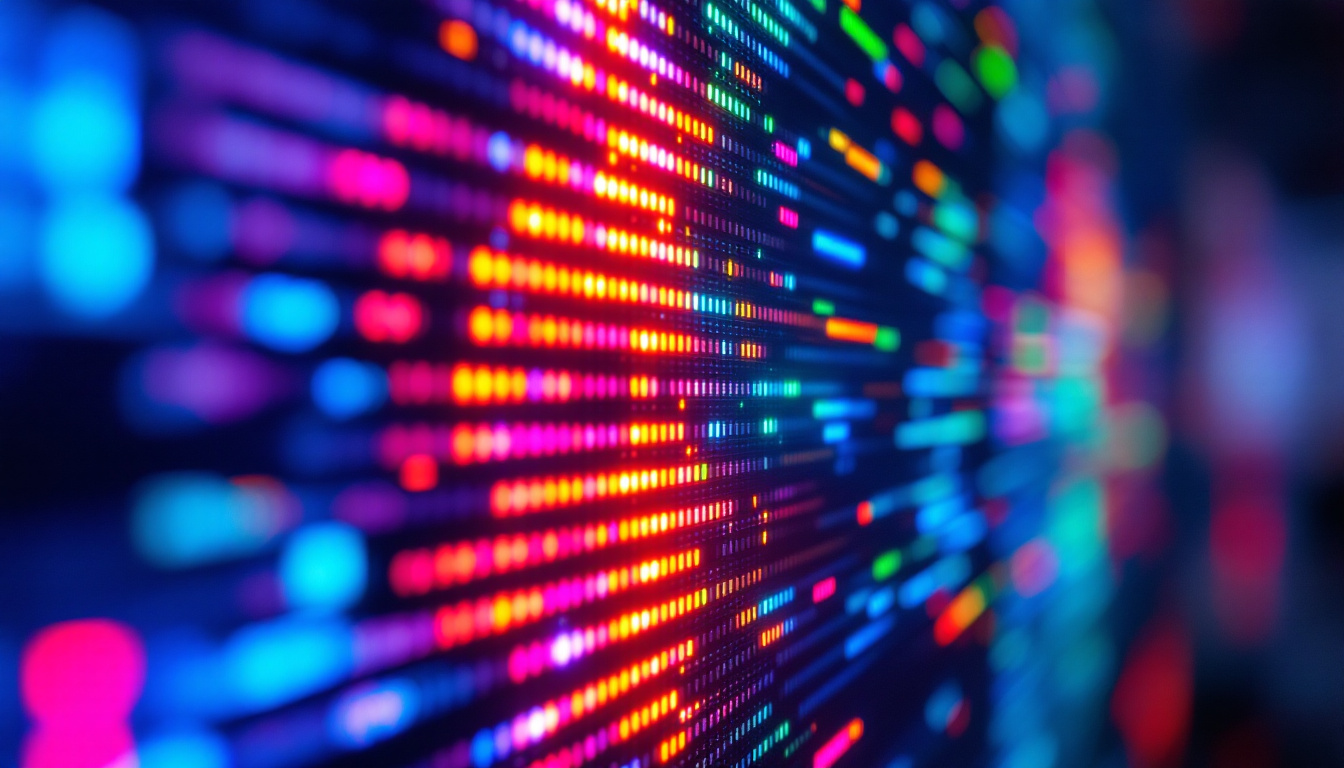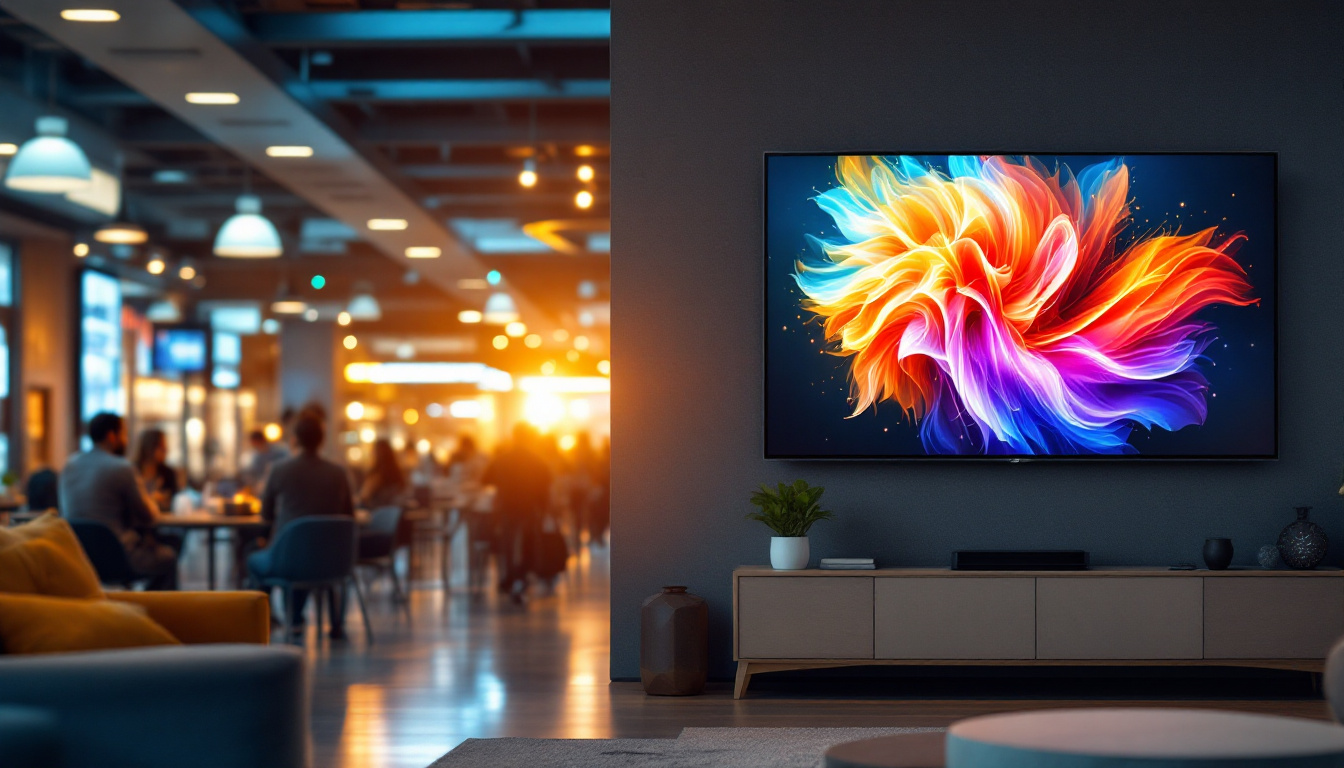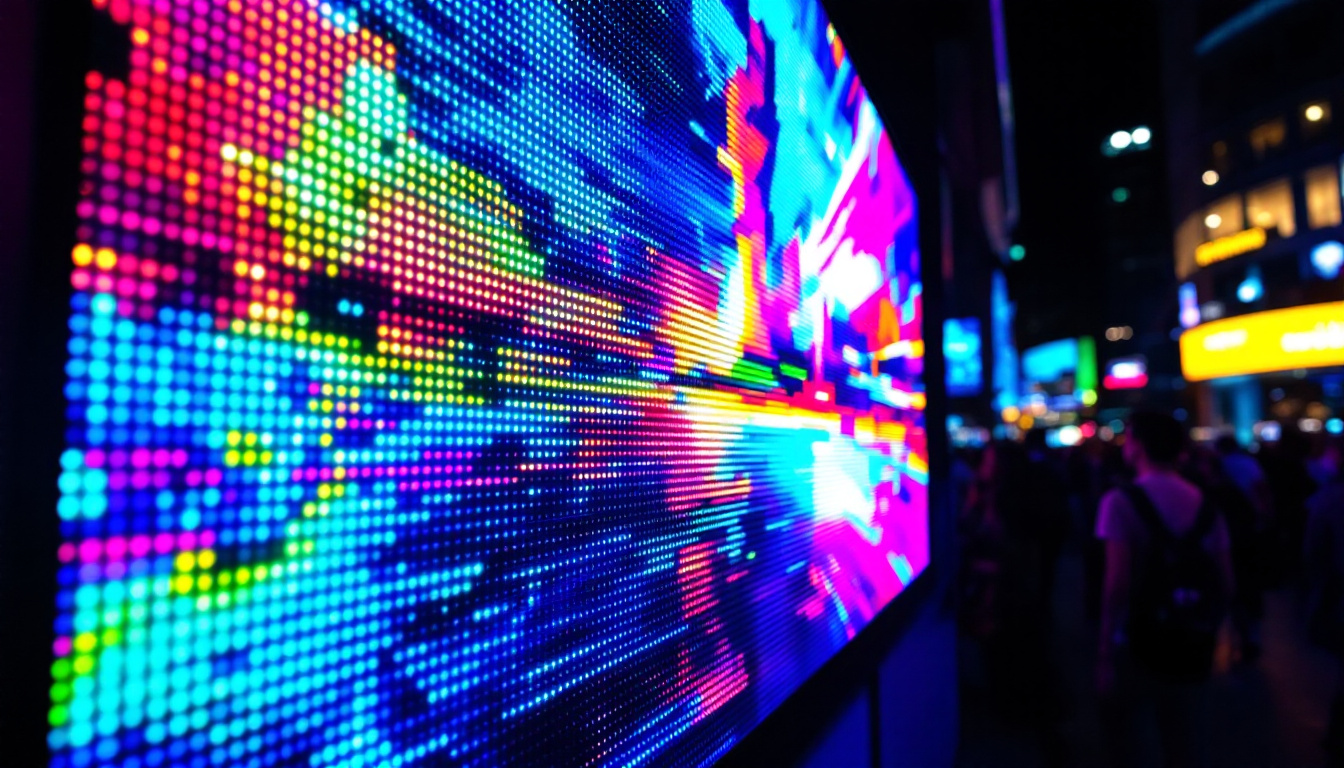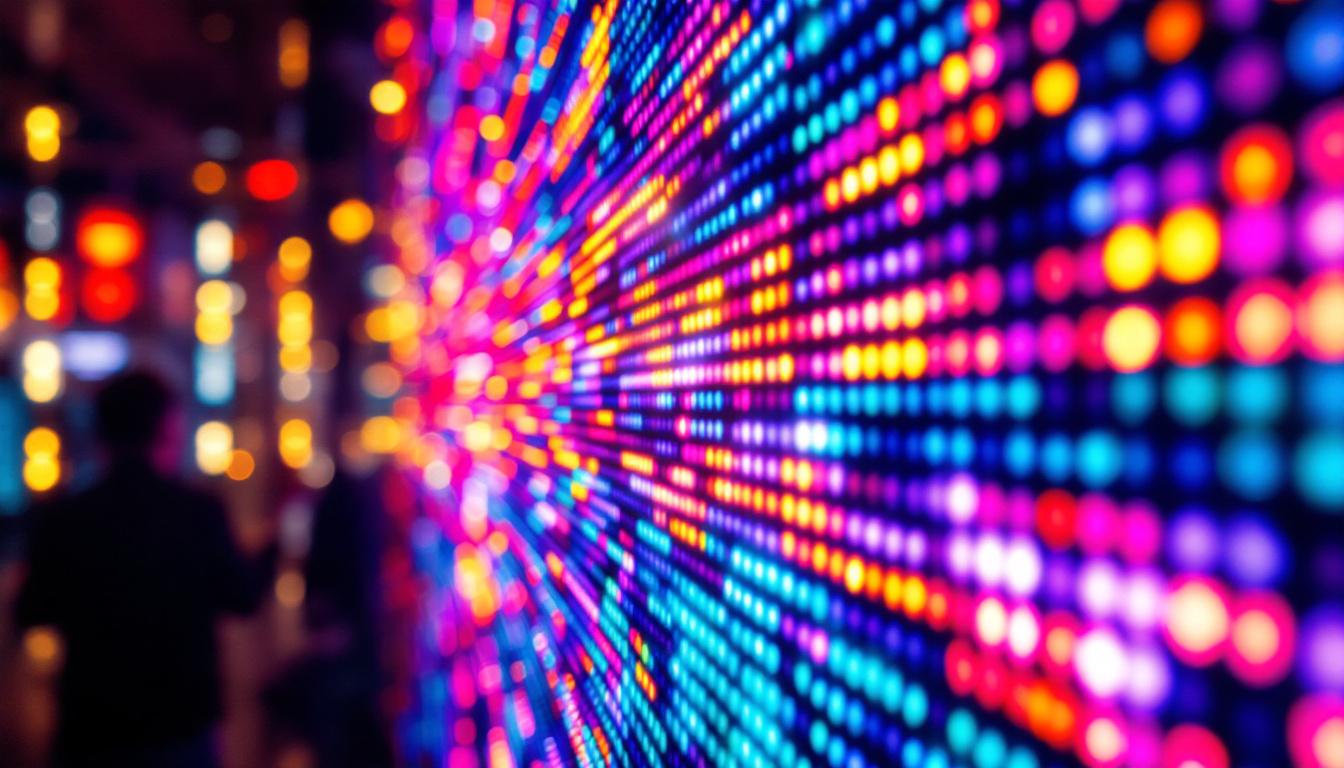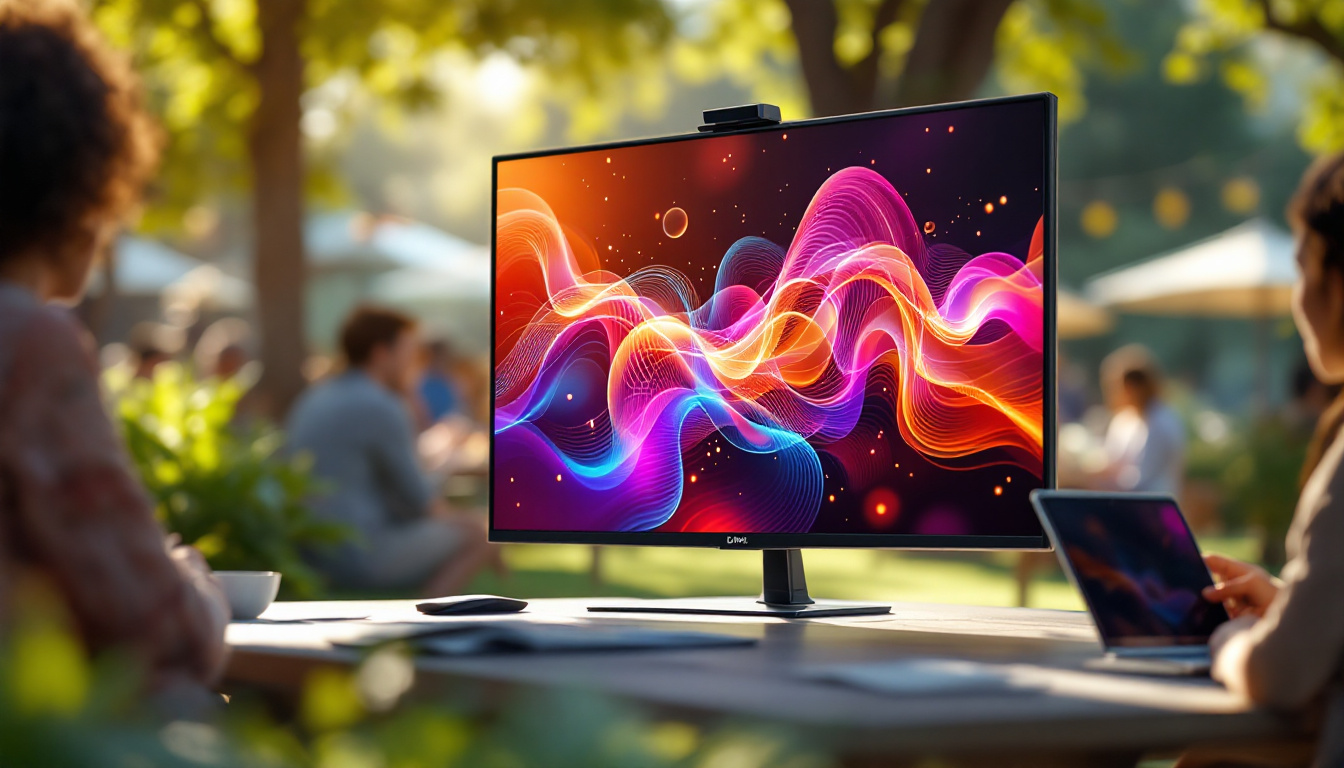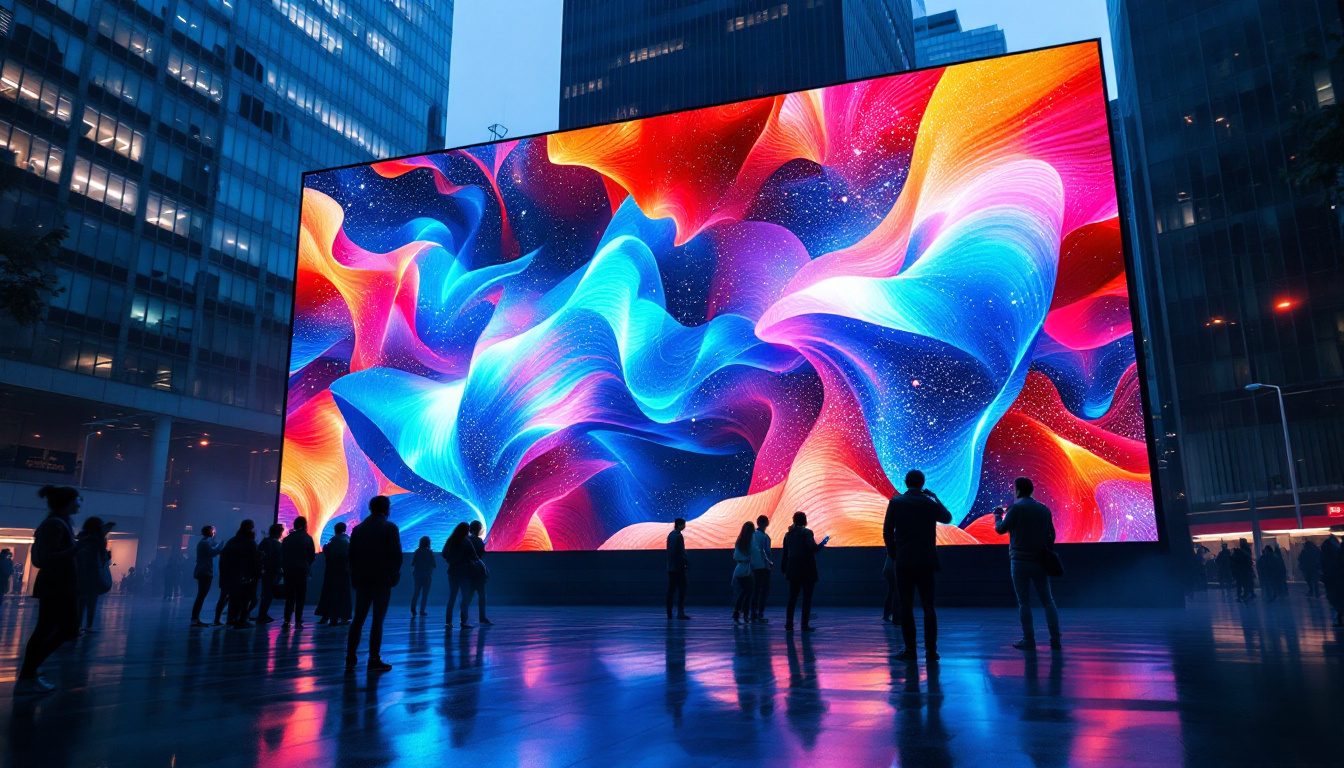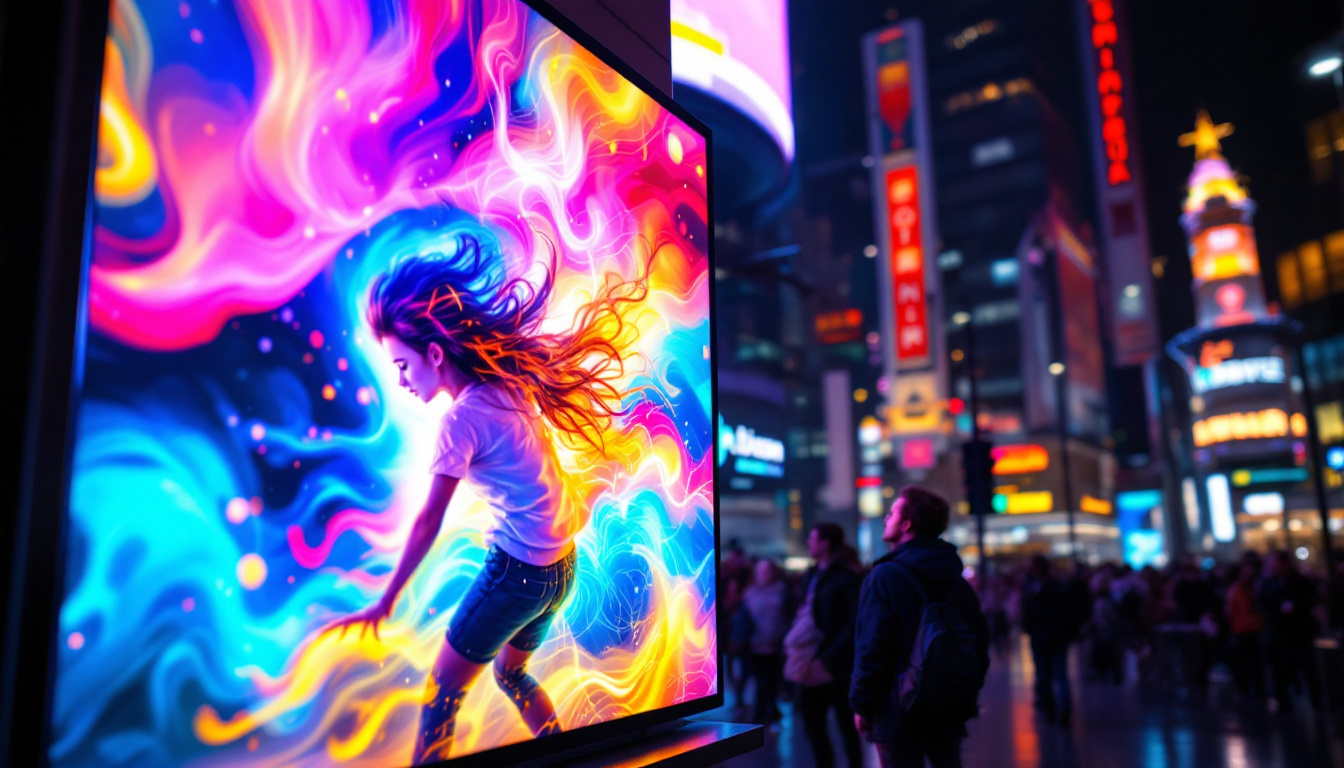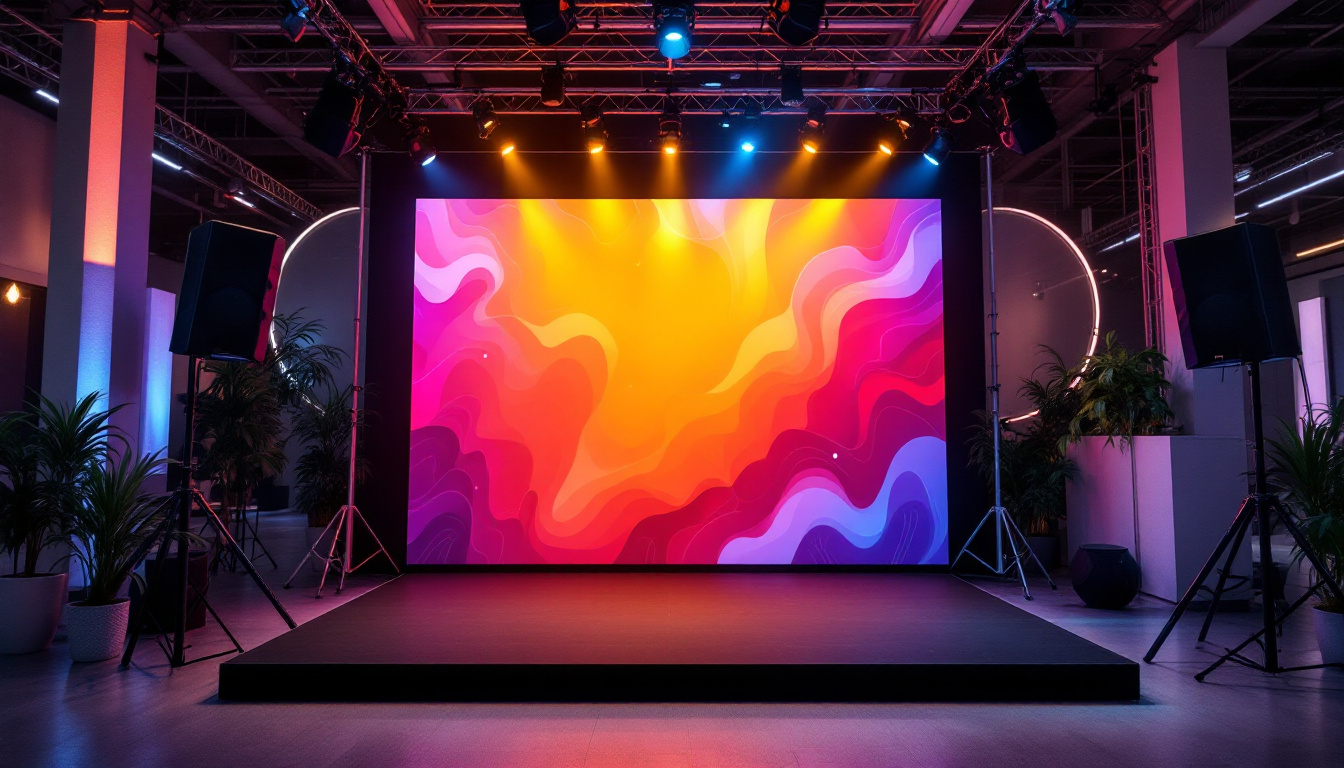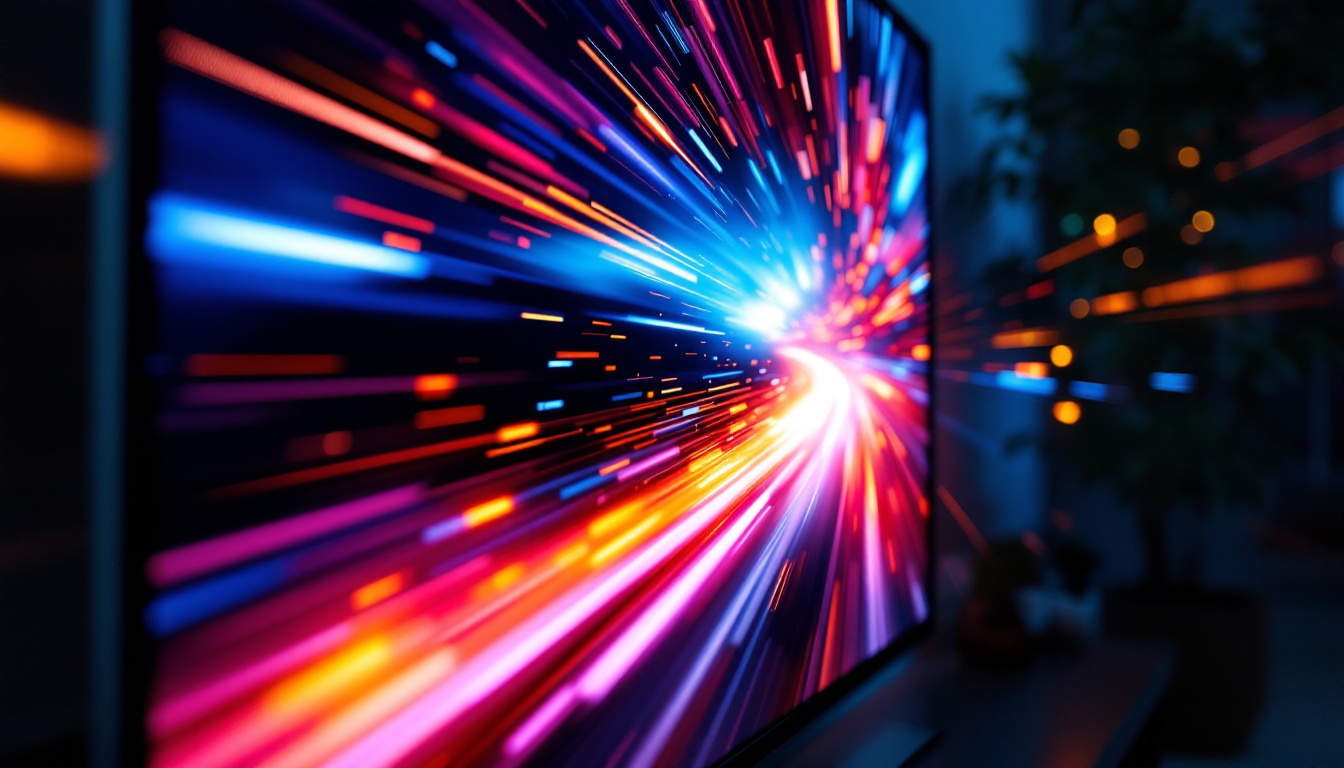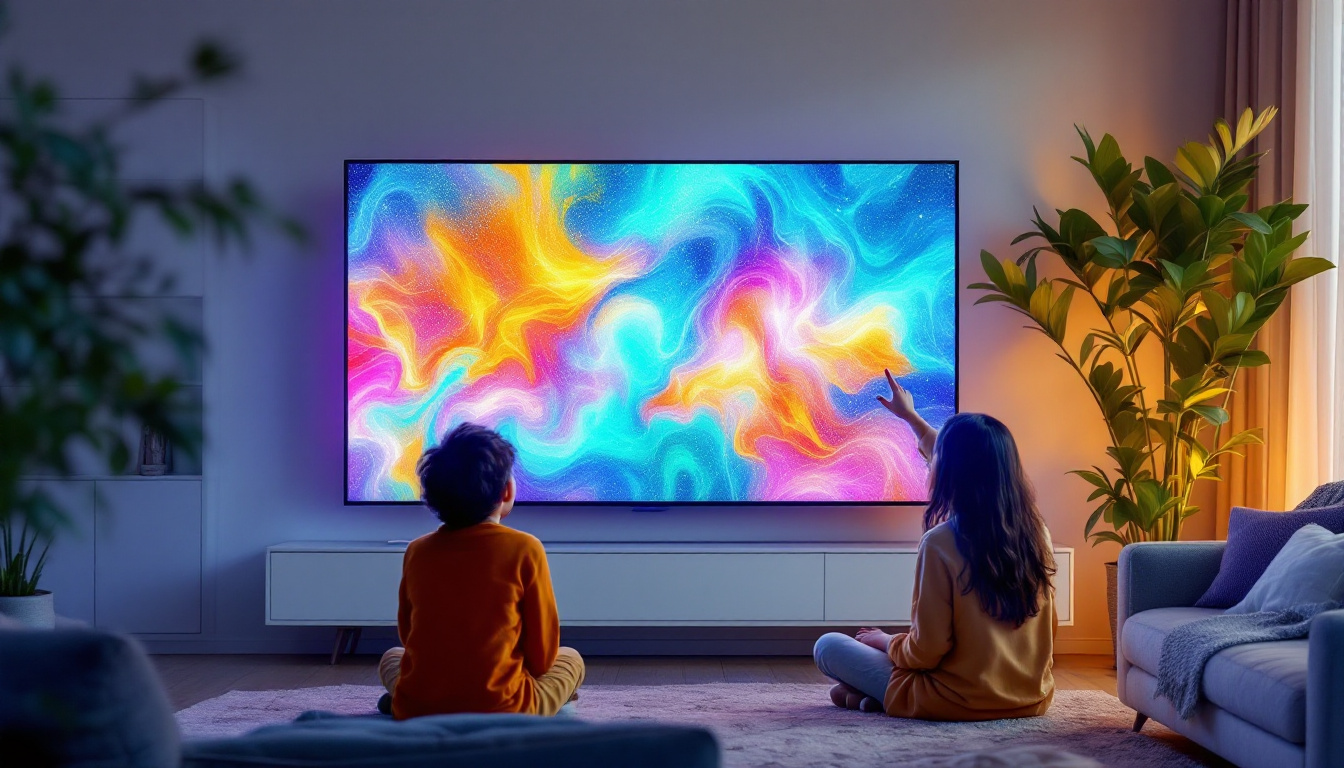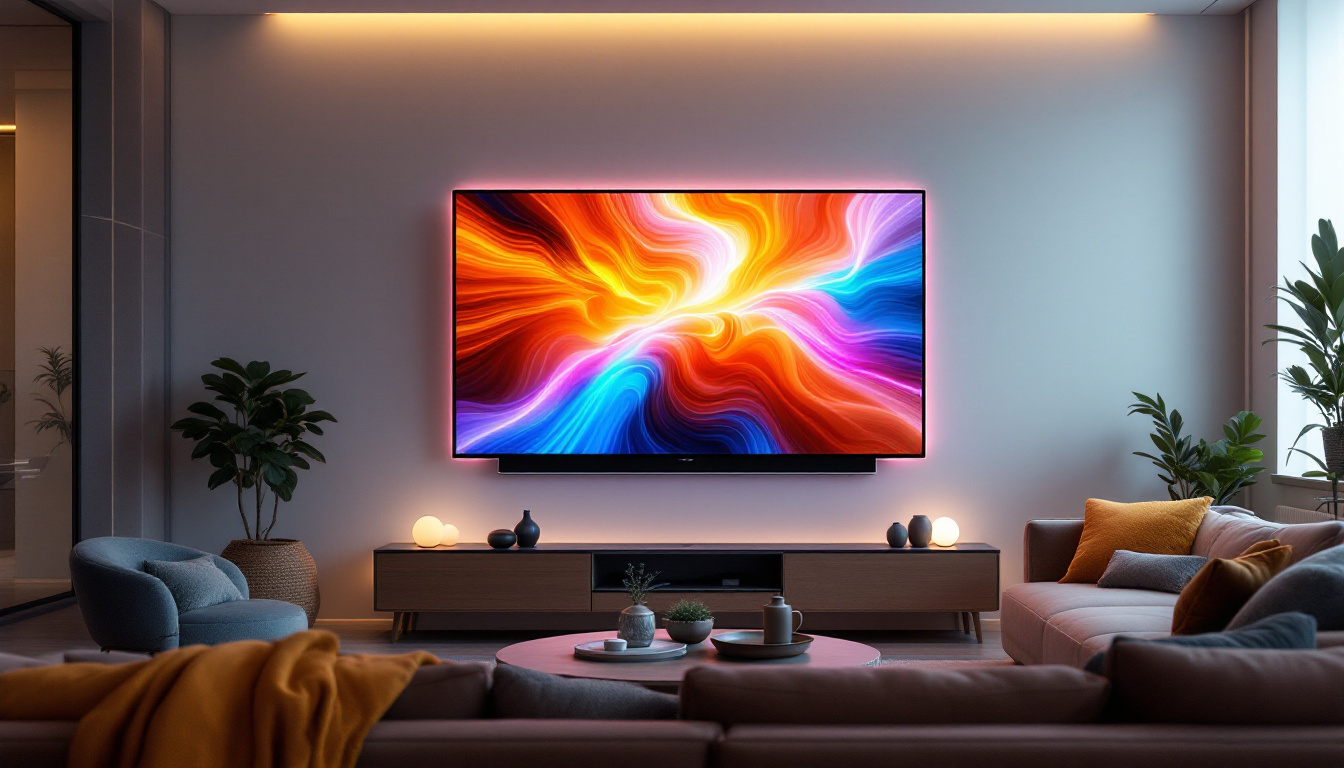In the world of modern technology, LED display monitors have emerged as a popular choice for both personal and professional use. These displays are known for their vibrant colors, energy efficiency, and versatility. Understanding how LED displays work and their various applications can help consumers make informed decisions when selecting a monitor for their needs.
What is an LED Display Monitor?
An LED display monitor utilizes light-emitting diodes (LEDs) as its source of illumination. Unlike traditional LCD monitors that use fluorescent backlighting, LED displays offer a more efficient and brighter alternative. This technology not only enhances the visual experience but also contributes to lower power consumption. With the growing demand for high-definition visuals and energy-efficient devices, LED monitors have become a popular choice for both personal and professional use, providing vibrant colors and sharp images that cater to gamers, graphic designers, and everyday users alike.
Types of LED Displays
LED displays can be categorized into several types, each designed for specific applications. The most common types include:
- Edge-Lit LED: In this design, LEDs are placed along the edges of the screen, allowing for a thinner profile. This type is often used in slim televisions and monitors, making them ideal for wall mounting and saving space in modern living environments.
- Direct-Lit LED: Here, LEDs are placed directly behind the screen, providing more uniform brightness and better contrast. This is often seen in high-end displays, where the enhanced visual quality is crucial for tasks requiring precision, such as photo editing or video production.
- OLED (Organic LED): A more advanced technology where each pixel emits its own light, resulting in deeper blacks and a wider color gamut. OLED displays are often found in premium devices, offering an unparalleled viewing experience that is particularly favored by cinephiles and gamers who appreciate rich, lifelike visuals.
How LED Displays Work
LED displays operate by using a matrix of tiny light-emitting diodes. Each diode can emit different colors, and when combined, they create a full spectrum of colors visible to the human eye. The process begins with the input of an image signal, which is processed by the monitor’s internal circuitry. This circuitry then controls the brightness and color of each individual LED, allowing for precise image reproduction. The rapid response time of LEDs also contributes to smoother motion rendering, making them suitable for fast-paced video content and gaming.
One of the key advantages of LED technology is its ability to achieve high contrast ratios. This is particularly evident in dark scenes, where the ability to turn off individual pixels results in true blacks, enhancing the overall viewing experience. Additionally, LED displays are known for their longevity and durability, often outlasting traditional display technologies. With advancements in color calibration and brightness control, modern LED monitors can adapt to various lighting conditions, ensuring optimal performance whether in a brightly lit office or a dimly lit home theater.
Advantages of LED Display Monitors
LED display monitors offer a multitude of benefits that make them a preferred choice for many users. From superior image quality to energy efficiency, these displays have transformed the way content is viewed.
Image Quality
One of the most significant advantages of LED displays is their exceptional image quality. The vibrant colors and sharp contrast ratios make them ideal for various applications, from gaming to professional graphic design. The ability to reproduce a wide color gamut ensures that images appear true to life, providing an immersive viewing experience. Furthermore, many LED monitors come equipped with advanced features such as HDR (High Dynamic Range) support, which enhances the brightness and contrast even further, allowing for deeper blacks and brighter whites. This capability is particularly beneficial for photographers and videographers who require precise color accuracy in their work.
Energy Efficiency
LED technology is inherently more energy-efficient than traditional display technologies. LED monitors consume less power, which not only reduces electricity bills but also contributes to a lower carbon footprint. This aspect is particularly appealing to environmentally conscious consumers and businesses looking to minimize their energy usage. Additionally, the reduced heat output from LED displays means that they can help maintain a cooler environment, which can be particularly advantageous in settings with multiple monitors or in warmer climates. As energy efficiency becomes increasingly important in today’s world, the adoption of LED monitors aligns seamlessly with sustainable practices.
Longevity and Durability
LED displays are designed to last longer than their LCD counterparts. The solid-state nature of LEDs means they are less prone to damage from impacts or vibrations. Additionally, they have a longer lifespan, with many models rated for over 50,000 hours of use. This durability makes LED monitors a wise investment for both home and office environments. Moreover, many manufacturers offer warranties that reflect the confidence in their products’ longevity, often extending up to three years or more. This assurance not only protects the consumer’s investment but also encourages the use of LED technology in various industries, from retail displays to educational institutions, where reliability is paramount.
Applications of LED Display Monitors
The versatility of LED display monitors allows them to be used in a wide range of applications. From personal use to large-scale commercial displays, LED technology has found its place in various sectors.
Home Entertainment
In the realm of home entertainment, LED displays are a popular choice for televisions and gaming monitors. Their ability to deliver stunning visuals makes them ideal for movie watching and gaming. Many consumers opt for 4K and even 8K LED displays to enjoy the highest quality content available.
Professional Use
In professional settings, LED displays are utilized for graphic design, video editing, and even medical imaging. The accurate color reproduction and high resolution of LED monitors make them essential tools for professionals who rely on precise visuals. Additionally, many businesses use LED displays for presentations and digital signage, taking advantage of their bright and engaging visuals to capture attention.
Advertising and Public Displays
LED technology has revolutionized advertising and public displays. Large LED screens are commonly used in outdoor advertising, concerts, and events. These displays can be seen from great distances and in various lighting conditions, making them effective for attracting audiences. The dynamic nature of LED displays allows for changing content, ensuring that advertisements remain fresh and engaging.
Choosing the Right LED Display Monitor
When selecting an LED display monitor, several factors should be considered to ensure it meets specific needs. Understanding these aspects can help consumers make informed choices.
Screen Size and Resolution
The screen size and resolution are crucial factors that influence the overall viewing experience. Larger screens provide a more immersive experience, especially for gaming and movies. Resolution, measured in pixels, determines the clarity of the image. Higher resolutions, such as 4K, offer more detail and sharper images, making them ideal for professional use.
Refresh Rate and Response Time
For gamers and fast-paced content consumers, refresh rate and response time are critical specifications. The refresh rate, measured in hertz (Hz), indicates how many times the screen refreshes per second. A higher refresh rate results in smoother motion, which is particularly important in gaming. Response time, on the other hand, measures how quickly a pixel can change from one color to another. Lower response times reduce motion blur, enhancing the overall experience.
Connectivity Options
Modern LED displays come with various connectivity options, including HDMI, DisplayPort, and USB-C. Ensuring that a monitor has the necessary ports to connect to devices is essential. Additionally, features like built-in speakers, USB hubs, and adjustable stands can enhance usability and convenience.
Future Trends in LED Display Technology
As technology continues to evolve, the future of LED displays looks promising. Innovations in design, functionality, and efficiency are on the horizon, paving the way for even more advanced displays.
MicroLED Technology
MicroLED is an emerging technology that promises to revolutionize display quality. Unlike traditional LEDs, MicroLEDs are made up of tiny individual pixels, allowing for greater flexibility in design and superior image quality. This technology is expected to provide even better contrast ratios and color accuracy, making it a game-changer for both consumer and professional displays.
Flexible and Transparent Displays
Another exciting trend is the development of flexible and transparent LED displays. These innovative designs can be integrated into various surfaces, such as walls and windows, creating new possibilities for advertising and information display. The ability to bend and shape displays opens up creative avenues for designers and marketers alike.
Enhanced Interactivity
As the demand for interactive displays grows, manufacturers are focusing on enhancing the interactivity of LED monitors. Touchscreen capabilities, gesture recognition, and augmented reality features are becoming more prevalent, allowing users to engage with content in new and exciting ways.
Conclusion
LED display monitors have transformed the way we interact with visual content. Their superior image quality, energy efficiency, and versatility make them a preferred choice for a wide range of applications. As technology continues to advance, the future of LED displays promises even more exciting innovations that will further enhance the viewing experience.
Whether for home use, professional settings, or public displays, understanding the intricacies of LED technology can empower consumers to make informed decisions. With the right knowledge, selecting an LED display monitor that meets specific needs becomes a seamless process, paving the way for a more engaging and visually stunning future.
Discover LumenMatrix’s Innovative LED Solutions
Ready to elevate your visual experience with the latest in LED technology? LumenMatrix is at the forefront of LED innovation, offering a diverse range of LED display modules designed to bring your content to life. Whether you’re seeking to enhance your brand’s visibility with an Indoor LED Wall Display, captivate passersby with an Outdoor LED Wall Display, or create dynamic visual experiences with our Custom LED Displays, LumenMatrix has the solution for you. Embrace the future of visual communication and check out LumenMatrix LED Display Solutions today to see how we can help you make a lasting impression.

